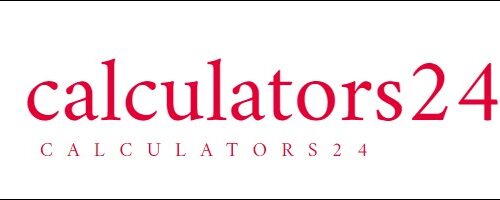Results
Percent Error: N/A%
Navigating Precision: Unveiling the Essence of the Percent Error Evaluator
In the intricate domains of science, engineering, and diverse analytical realms, the essence of precision and accuracy cannot be overstated. The Percent Error Evaluator emerges as an indispensable instrument, wielding the power to unveil the accuracy concealed within measurements, experiments, or calculations. This discourse aims to unravel the profundity of accuracy, decipher the mechanics behind percent error calculation, and elucidate the instrumental role played by this evaluator in upholding precision.
Decoding the Significance of Accuracy
Accuracy, in its essence, represents the proximity between a measured value and its authentic or acknowledged counterpart. Whether within the confines of scientific experimentation, engineering pursuits, or commonplace measurements, accuracy assumes pivotal importance for multifarious reasons:
Quality Assurance
Accurate measurements lay the foundation for the quality and dependability of experiments and operational processes.
Safety Assurance
In fields such as medicine and engineering, the veracity of measurements is indispensable to ensure the safety of both individuals and structures.
Product Development
The genesis of precise products conforming to specific standards hinges on accurate measurements.
Research Integrity
The bedrock of scientific research is laid upon accurate measurements, fostering valid conclusions and the progression of knowledge.
Unveiling the Dynamics of Percent Error
Percent error emerges as a numerical expression denoting the degree of accuracy or inaccuracy inherent in a measurement or calculation in relation to an established or true value. This expression finds its roots in a meticulous formula:
Percent Error = [(|Measured Value – True Value|) / |True Value|] x 100%
The components of this formula warrant scrutiny:
Measured Value
This signifies the outcome derived from experimentation or measurement endeavors.
True Value
Termed as the accepted or theoretical value, this represents the epitome of accuracy and reliability.
Absolute Value
A mathematical device ensuring positivity in the result, regardless of whether the measured value surpasses or falls short of the true value.
Percentage Amplification
Multiplying the result by 100% serves to express the degree of accuracy or inaccuracy as a percentage.
Functionality of the Percent Error Evaluator
Input Values: Commence the process by inputting both the measured value and the true value into their designated fields within the evaluator.
Calculation: Trigger the evaluation mechanism by clicking the “Calculate” or “Find Percent Error” button post inputting the values.
Result: Witness the evaluator swiftly process the data, presenting the percent error as a tangible metric signifying the deviation of the measured value from its true counterpart.
Merits Encompassed in Utilizing the Percent Error Evaluator
Accuracy Scrutiny
The evaluator furnishes a lucid scrutiny of the accuracy encapsulated within measurements, experiments, or calculations.
Quality Control
In sundry industries, percent error serves as a linchpin, fortifying the edifice of quality control standards.
Data Authentication
Researchers and scientists leverage percent error as a tool for authenticating the reliability of their datasets.
Iterative Enhancement
Engineers and manufacturers leverage this evaluator as a catalyst for continuous process refinement and the elevation of product quality.
In summation, the Percent Error Evaluator stands as an irreplaceable instrument for upholding accuracy in scientific, engineering, and analytical pursuits. It quantifies the spectrum of error within measurements or calculations, contributing to the realms of quality assurance, safety, and the integrity of research. Whether one is a meticulous scientist striving for precision or an astute engineer safeguarding product quality, this evaluator emerges as an invaluable means of evaluating and fortifying accuracy.
